How to program preschool music lessons
A simple way to program preschool music for 10 weeks
So maybe you’ve got a new job teaching preschoolers music and you’ve got to submit a written program of preschool music lessons. Goodbye weekends – hello late nights.
Writing a program of music lessons for a term or a year can be a pretty soul-less task. You might have to write it even before you meet the children you will be educating! Maybe having to program preschool music is something you’re dreading, especially if you have little or no experience in preschool music teaching.
Here are some tips for the musically untrained educator (Section A) and then for the trained music teacher (Section B). If you don’t have a formal music background, the first section will be easier for you. You can ignore section B.
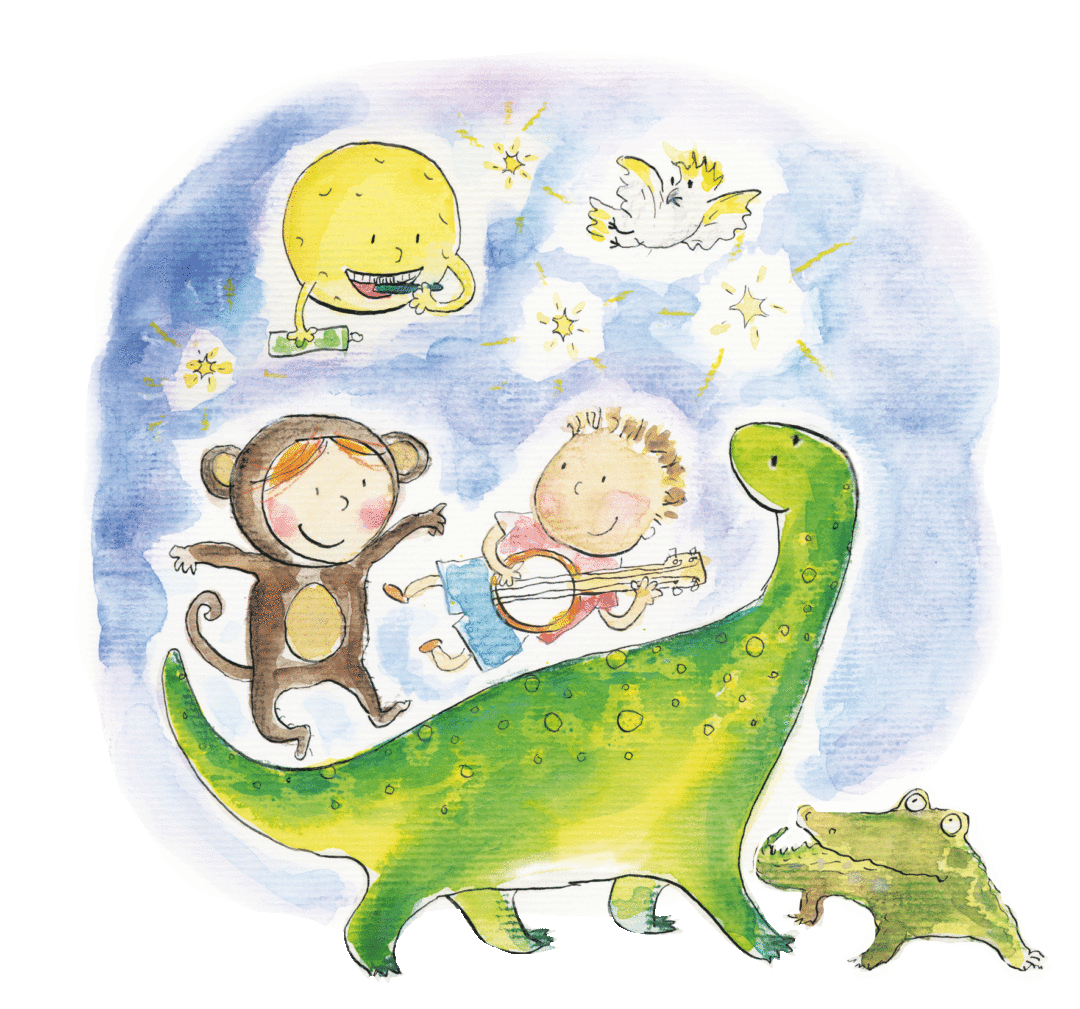
Section A: the simple way – just two little words
Before you plan anything, repeat after me, “free play is essential” so make sure you implement opportunities for musical free play to happen frequently, even if you’re not there when it’s going on. Now we’ve got that clear, let me suggest a simple way to start thinking about programming music lessons for young children. Spend your efforts on these two words, content and activities.
Content
Good content has soul and substance and can be many things:
- a song- The Farmer in the Dell
- a chant – We’re Going on a Bear Hunt
- a piece of music – Henry Mancini’s Baby Elephant Walk
- a story book – I Know an Old Lady Who Swallowed a Fly.
Great content usually has a title, is inherently musical and captures their interest straight away.
Activities
Suitable activities can be many but here are a few that are tried and true:
- body percussion – clap your hands, pat your knees, hand jive
- a dance – moving different body parts in Dr. Knickerbocker
- playing rhythm instruments in an animal sound game – I Had a Rooster
- a finger play – hiding and revealing separate fingers in Where is Thumbkin?
- a drama game – acting out characters in Monkeys on the Bed.
Great activities keep them listening to the music long enough for them to learn what the music has to teach them.
Content + Activities
Let’s trust for a moment that choosing excellent content and activities will take care of musical concepts such as rhythm and melody and musical skills such as playing instruments and singing. Why can you feel confident? Because other experienced music educators will naturally be your guides when you choose great content and activities. Consequently, you are going to trust them for a while until you gain enough experience to know what “works” with your particular children.
So, now you can plot say 10-20 weeks of content and activities on a simple matrix. Below is one of ours. It’s a Lesson Overview from our preschool music program called Sing and Play 3: Singing Just for Fun. You can see that we group our “great content” (the song titles) around five different themes e.g. Part 14 Fun and Adventure.
Repeat each lesson at least once. It’s even fine to repeat a lesson for a month so you can track the growth in learning each week. You can use the Lesson Overview as it is, or change the content by finding other songs or pieces of music that you prefer. Look at the Activity column on the left. It’s a good idea to keep the activities the same, that way you’ll cover all the musical concepts and skills mentioned earlier (and many more).
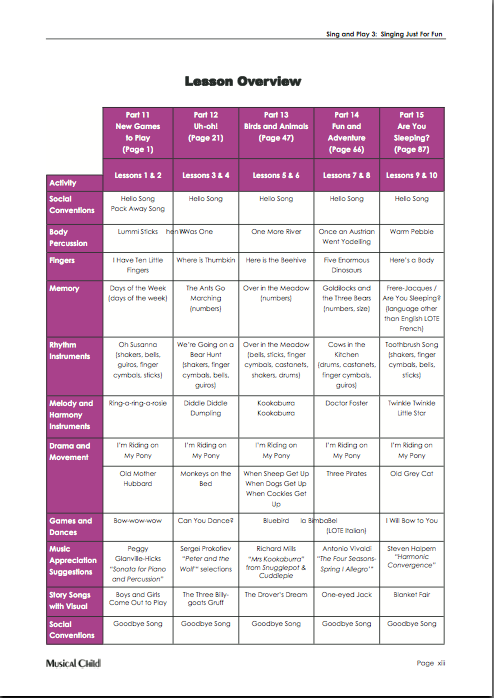
Section B: the not so simple way – especially for music teachers
When I teach this topic to adults in music education courses and training sessions, I rely on a metaphor of a double-layer cake where we sandwich together two ways of organising ideas. The first way is around a set of musical concepts, the second isaround a set of musical skills. Those of you who are musicians will take to this approach with ease because it’s how you learned music yourself. I’ll give a brief run-down.
Musical concepts
When talking about the concepts or elements of music, a standard list might include: duration; rhythm; pitch; melody; harmony; timbre; texture; form; expression – made up of tempo, dynamics, articulation, interpretation; and possibly style (or genre) although that can be considered to be an aggregate of everything else. All of these concepts form part of the early childhood music curriculum. This may sound contentious, but from my reading of the research and my observations, I know that babies and young children show subtle discretion in their listening abilities. At age three and four, most children can’t put what they know into action as skillful performance because their bodies (including their voices) and emotional controls are not ready. There are remarkable exceptions.
Musical skills
So let’s turn now to the musical skills. These are generally listed as listening, moving, singing, playing, improvising (sometimes expressed as creating) and the literacy skills of reading, notating and composing (sometimes expressed as writing music). The first five of these skills are crucial in a complete early childhood music curriculum. Reading, notating and composing can be included around age four or five but it’s fine to wait until six or seven years-old. We must be careful not to force literacy at the expense of free play which is critical to brain maturation.
These musical skills are not things you need to concentrate on “teaching” although they can easily be part of free musical play. Rather than teaching, your lessons should provide lots of opportunities for experiences in singing, listening, improvising, moving dancing and playing simple instruments all guided by your expertise.
Putting it together over time + wisdom
Once we sort out concepts and skills, we have to add the time dimension. Given, say 10 weeks in a term, 40 weeks in a school year or 51 weeks in a day-care setting, how do we plot those concepts and skills over time? When should the children sing? We might need to ask ourselves should we expect them to sing perfectly in tune and get the pitch and melody right? Do we program singing for every day or once a week? How often should the children play instruments? Do we expect them to be able to play rhythms in perfect time? What about timbre, how do we program for our children to develop a deeper understand of the wonderful world of tone colour? There are, literally, hundreds of questions that lie behind a neat little A4 piece of paper that sets out a block of “lessons”.
We could spend ages philosophising about early childhood music education but if you need to get started quickly, you can begin writing your own program around these six structures:
- content,
- activities,
- concepts
- skills,
- time,
- philosophy.
You’ll need a bit more than a simple matrix for that! However, I hope you’ll find it a fascinating and rewarding task to fit the six pieces of the jigsaw together in your own preschool music program. Let me know what you think in the comments below.
Find out about our fully prepared preschool music plans and lessons
You don’t have to write your preschool music lessons all on your own. Let our experts be your guide . . .
Get Your FREE Educator's Resource Here
Sign-up to Receive a FREE Guide on How to Teach Preschool Music Activities.
Inside this Mini-course you will be able to download a beautiful PDF and a collection of 20 MP3s. You will learn how to deliver nine popular preschool music activities that your children will LOVE!
(p.s. It's a mini-course, that means you'll be in and out in minutes with fresh resources you can use immediately with your children.)
(p.p.s. You also get a bonus lesson on what instruments to use with preschoolers. 🪇)
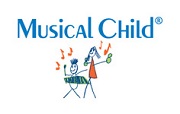
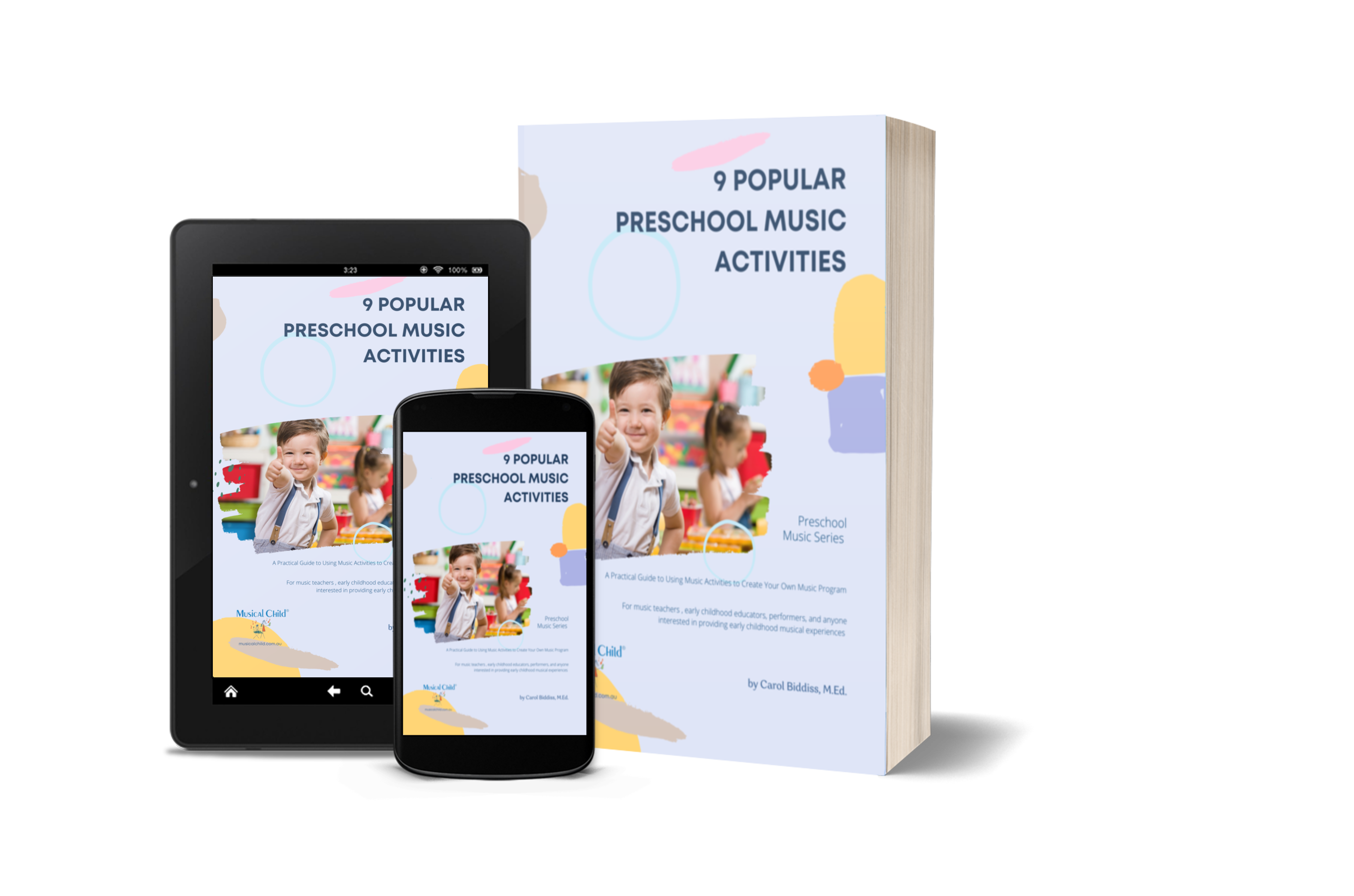
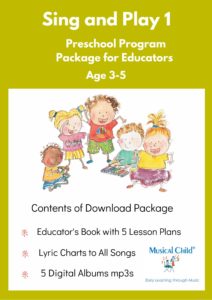

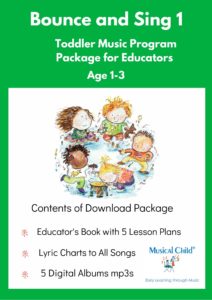
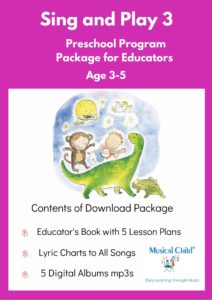
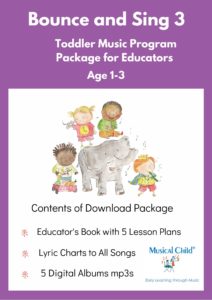
Thank you for the great info and insight!
Glad you enjoyed it Jane. Tell us what you do.
Great read! My brother, a friend, and I (all highschool) are planning to do a program at our local library to introduce music to preschool age kids. We all play instruments (piano, violin, and cello) and are working with the library director (also a musician) to make a rough lesson plan. Its only half an hour once or twice a month (around 6-10 sessions), but we are finding it harder than we thought. Personally, I have more experience working with older kids on more concrete subjects, like say math or science. I am having trouble planning to explain music in ways that would fit a preschoolers mental capacity. I was thinking of dividing the whole program into 3-4 session groups, focusing on some of the things you mentioned above, like pitch and volume, rhythm, and (maybe) timbre. Even perhaps different genres. Do you have any other suggestions outside what you wrote? Is half an hour too long for preschoolers, or would you recommend targeting slightly older kids (kindergarten-1st or 2nd)?
Wow! What a fantastic project. Live music is the very best for children and no don’t change it to older kids, stay with preschool – you will have a ball. Half an hour is not too musch as long as there are different activities to engage them. I’d suggest 6 X 5minute activities. some of them full standing-up movement. Can you beg borrow or steal some hand-held percussion, you could get them to play along with you for say, 2 pieces to get them feeling different tempi and rhythms. You don’t need to explain anything, just give brief descriptions of what you are doing, “we’re going to play a song/piece of music on two (or three) different instruments.” When you finish, get them to close their eyes and guess which instrument plays a short extract. You can easily do that for each of the players. That is your timbre activity, no explanations necessary, let the music do the talking. Different genres are best illustrated through different ways of moving. “How does this music make you want to move?” Pitch is one they can easily respond to with hand and arm movements. Let me know if you want further ideas, through the blog or an email. I’d love to help.